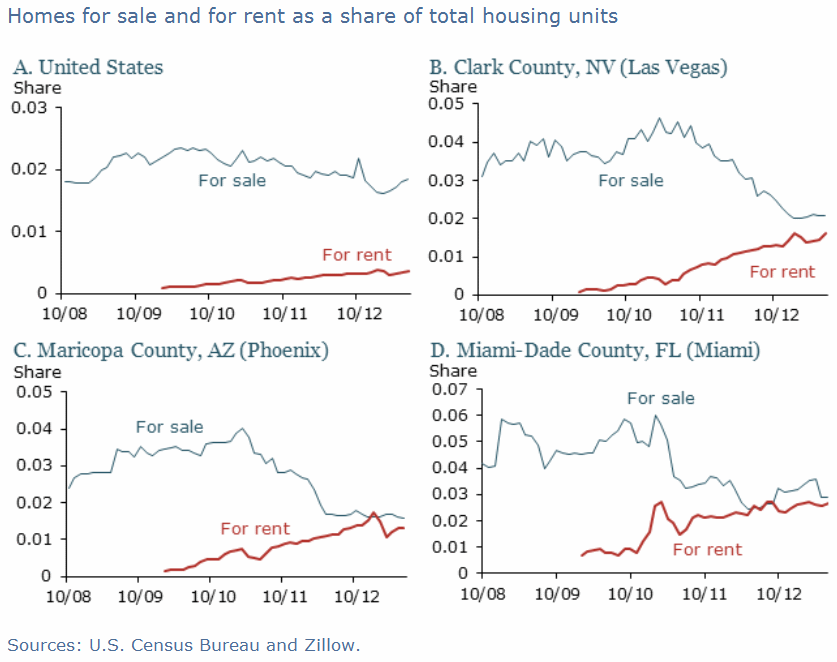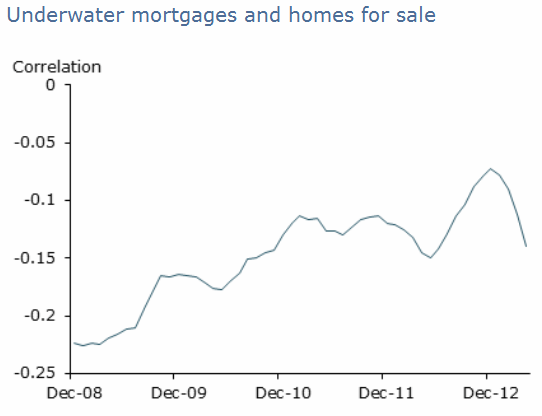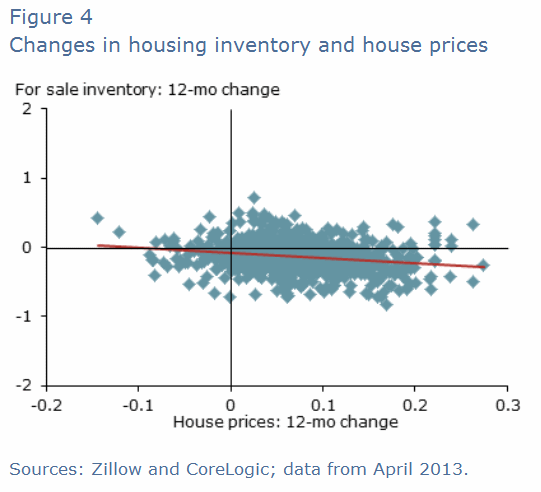As per USA Today ,A sharply divided Congress isn't likely to jump at President Barack
Obama's challenge for quick passage of a mortgage refinancing bill that
supporters say could help millions of homeowners save big each year and
boost the economy.
Obama praised the legislation in his State of
the Union speech last week, saying the proposal would help more
homeowners with mortgages backed by Fannie Mae and Freddie Mac take
advantage of low interest rates and refinance their loans.
Even with mortgage rates near a 50-year low, Obama said, too many families that have never missed a payment and want to refinance are being turned down.
"That's
holding our entire economy back, and we need to fix it," the president
said. "Right now, there's a bill in this Congress that would give every
responsible homeowner in America the chance to save $3,000 a year by
refinancing at today's rates. Democrats and Republicans have supported
it before."
HOUSING: States' foreclosure pace affects home Prices
The
economy's slow recovery from the recession gives the idea urgency,
Obama said. "Send me that bill," he told members of Congress listening
to his speech in the House chamber.
The proposal is part of a push
by Democrats and the White House to help homeowners take advantage of
low interest rates as a way to help the housing market recover and to
give the economy a shot in the arm.
While the bill could gain
traction in the Democratic-controlled Senate, it faces a rough road in
the GOP-run House, where many Republicans favor scaling back the
government's role in the housing market as a way of aiding the economy.
Similar versions of the measure died in the House and Senate's lame duck
sessions last year.
"At the moment, it's an uphill battle," said Rep. Peter Welch, D-Vt., who plans to file the House version of the bill.
JOBS: Housing holds key to full job growth rebound
Welch
said he will reach out to Republicans this year in hopes of building
more support, but the bill's association with the government-controlled
Fannie Mae and Freddie Mac, the federal housing agencies partly blamed
for the collapse of the housing market, hurts its support base among GOP
lawmakers.
"The American taxpayers have already sunk $190 billion
dollars into the operations of Fannie and Freddie," said Rep. Randy
Neugebauer, R-Tex., a member of the House Financial Services Committee.
"It's time that we wind their operations down instead of using them as a
piggy bank for failed programs that further delay the housing recovery.
"In the Senate, Democrats Bob Menendez of New Jersey and Barbara
Boxer of California have legislation to aid borrowers who are current
on their loans backed by Fannie Mae and Freddie Mac, but who are not
able to refinance because their home values have declined too much.
Nearly
12 million homeowners have Fannie Mae and Freddie Mac loans and stand
to benefit refinancing, the two senators said. Many can't refinance at a
lower rate because of red tape and high fees. The red tape has reduced
competition among banks, so borrowers pay higher interest rates than
they would if they were able to shop around more, according to the
senators.
The bill also would reduce up-front fees that borrowers
pay on refinances and eliminate appraisal costs for all borrowers. The
measure seeks to expand the Obama administration's Home Affordable
Refinancing Program, which saves an average homeowner about $2,500 per
year, they said.
"Homeowners will have more money in their
pockets, Fannie and Freddie will see fewer foreclosures, and the housing
market and economy will continue building momentum," Boxer said.
Among
the bill's supporters are the Mortgage Bankers Association, the
National Association of Realtors and the National Association of Home
Builders.
"It is another tool that can be out there to help
stabilize the housing market and kick start the economy if consumers
can, in fact, put another $100 bucks in their pockets every month," said
John Hudson, government affairs chairman of the Association of Mortgage
Professionals.
Similar proposals by Boxer and Menendez last year
got bogged down in the Senate Banking, Housing and Urban Affairs
Committee. Republican attempts to add amendments on other housing issues
beyond refinancing led to a stalemate.
Twenty Senate Democrats are co-sponsors of this year's bill, but no Republicans have signed on."I
support finding ways to smartly streamline the refinance process, but
I'm not sure that eliminating all documentation requirements makes
sense," said GOP Sen. Bob Corker of Tennessee, a committee member. "I
also think we need to quickly move beyond short-term stimulus and start
focusing on the structural issues in our housing finance system."Sen. Mike Crapo, the committee's top Republican, declined through a spokeswoman to comment on the bill.Welch's
House bill also died during the last Congress. Welch accused
Republicans of not wanting to give Obama an election-year boost by
passing the mortgage refinance measure.
"Last year was even tougher because it was an election year," said Welch. "The Republican leadership wanted Obama to fail."





 Daren Blomquist, Vice President of Realty Trac said that the steadily rising home prices are lifting all boats in this housing market and should spill over into more inventory of home for sale in the coming months. " Home owners who already have ample equity are quickly building on that equity, while the 8.3 million homeowners on the fence with little or no equity are on track to regain enough equity to sell before 2015 if home prices continue to increase at the rate of 1.33 percent per month that they have since bottoming out in March 2012."
Daren Blomquist, Vice President of Realty Trac said that the steadily rising home prices are lifting all boats in this housing market and should spill over into more inventory of home for sale in the coming months. " Home owners who already have ample equity are quickly building on that equity, while the 8.3 million homeowners on the fence with little or no equity are on track to regain enough equity to sell before 2015 if home prices continue to increase at the rate of 1.33 percent per month that they have since bottoming out in March 2012."
